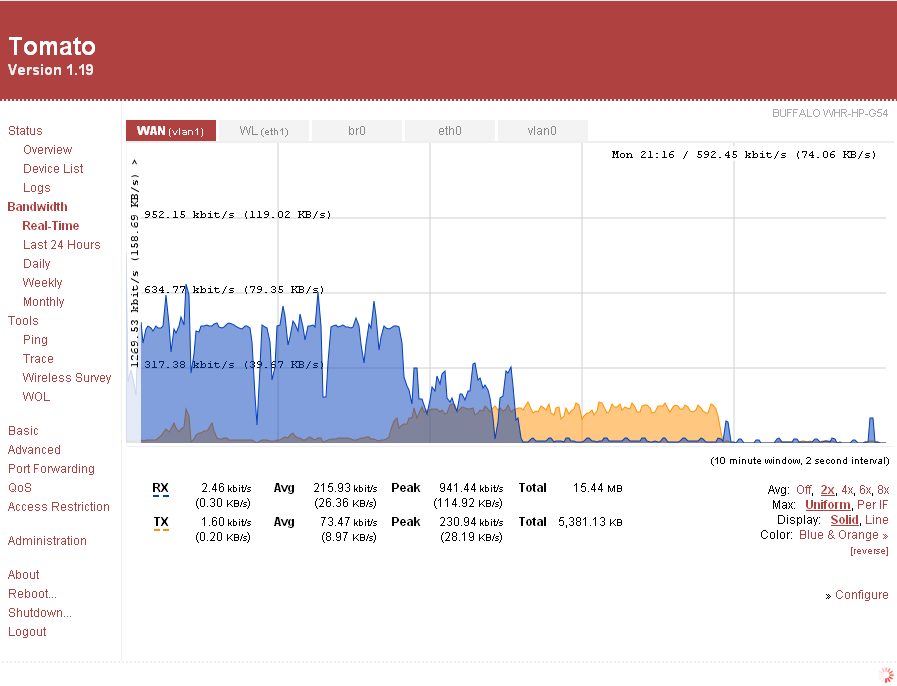What is a router firmware?
Router firmware is an embedded software, preinstalled to control routing protocols, router security mechanisms, and administrative features. Firmware is mainly used to control the router as it acts like operating system. A user cannot be able to delete firmware although he can replace the same with an updated version given by the vendor. Firmware is the essential software in the router’s ROM (read-only memory).
Why do you need to update your router firmware?
Although you need to upgrade your router firmware routinely, the upgrades have both advantages and disadvantages. For starters, failing to update the router makes you vulnerable to hackers. If the router is your only file server in your network, a valid hack can result to hackers accessing your files and passwords. Routers can also be hacked for illegal activities, for instance, unlawful downloads and attacks on sites. And although updating a router’s firmware is quite a pain, you have to do it.

The disadvantage of router updates is that even though the updates are downloaded automatically, the updates have to be installed manually. Many users do not understand this concept and end up thinking that they are protected. Users are advised to check for updates regularly and fix them.
Also in case you need to use a VPN on the router, you will have to flash the router with either the tomato firmware or DD-WRT. Most normal routers cannot achieve flashing, and it is, therefore, necessary to check for compatibility before attempting to flash.
How do you update router firmware?
Each router is different, but usually, there is a general procedure for updating the router firmware You may check the router manufacturer’s website for detailed and precise instructions for your specific router model and make. Below are the basic phases of doing a firmware update.
• Log in to your router’s admin console
Many modern routers use a web-browser-based admin feature meaning that you only need to key in the IP address of the router to control it as the admin. Your IP address is private to help intruders from trying to administer your device. Every manufacturer has a different default address that can be found on their website. The following are some of the man default addresses from some successful router firms.
- Netgear: 192.168.0.227 or 192.168.0.1
- Buffalo Tech: 192.168.1.1
- D-Link: 192.168.0.1 or 10.0.0.1
- Apple: 10.0.1.1
- Asus: 192.168.1.1
- Cisco or Linksys: 192.168.1.1 or 192.168.0.1
As soon as you key your IP address in your browser, you are likely to be prompted to enter the admin name and password. You can obtain such credentials from the router maker’s site or at the back of the router, next to the serial number.
• Find the firmware update Section of the Admin console
Most router admin sites have a specific firmware upgrade section normally located on the “About this Router” page. Also, you can get the same under “maintenance” or Firmware Upgrade” headings.
• Download and Install
Modern routers have eased the process of downloading and installing the router firmware directly from the admin console site. However, older routers might require one to save the file first and then select it for installation. Whichever method you use, make sure you download from the manufacture’s site or any other trusted source. Also, make sure never to interrupt the upgrade process since you might end up damaging the router through bricking.
What is Tomato?

In simple terms, a regular router’s stock firmware is unreliable. As a result, open source replacement firmware like Tomato is just remedial for such vulnerabilities. Tomato firmware is made as an open source choice to substitute the stock firmware on the average router hardware. The purpose of Tomato is to enhance the functionality of the underlying router in ways that the ordinary stock router cannot attain. Below are some of the features of Tomato firmware.
- Enhanced Network Stability and Network Status Information
- Virtual LAN support for creating segmented wireless networks on the same router
- Access Restrictions on time, website, program and user-Based
- Advanced Quality of Service Bandwidth Controls
- AJAX-Based User-friendly Interface
- Integrated BitTorrent and Tor Client
- Superior USB support and port forwarding for creating and redirection
- Adjustable aerial transmission settings for increasing your Wi-Fi strength
- Dynamic DNS Service Combination
- Ability to complete wireless surveys of local latent wireless signal intrusion.
- Open source firmware update notices.
What is DD-WRT?

DD-WRT is an open source firmware made for boosting and upgrading wireless internet routers. Often, the firmware is used to swap the factory default firmware for selected router prototypes of major brands such as D-Link and Linksys amid others. DD-WRT has different optimizations and features made to improve the standard firmware that comes with the average router. When installed, DD-WRT can lift restrictions laid on the default firmware resulting in extra capabilities. DD-WRT also solves the potential of a router at s cost affordable by the homeowner. The user class regularly uses this firmware for Wi-Fi hotspots and experts for encrypting networks through tunneling the whole traffic through a VPN connection. Below are some of the features of DD-WRT firmware.
- Improved Network Stability and Network Status Information
- Dynamic DNS Service Integration
- Compatibility with numerous VPN services such as OpenVPN, L2TP, and PPTP
- Better stability hence no more endless rebooting
- Antenna Transmission choices for better Wi-Fi coverage
- Better router modes for wireless repeater and wireless client bridge
- Setup options for OpenVPN servers
- Improved internet access rules with limited activities for children and guests
- Quality of service prioritization for streaming services such as Netflix
- Website Blocking through either URL or Keyword.
- Wi-Fi Hotspot Integrations for business or neighbors with an authentication page using the Integrated Nocatsplash
- Access to safe hotspot services, such as WIFI dog.
- WPS (Wi-Fi Protected Setup) disabled by Default
- Advanced USB support and port forwarding for creating and redirection
- IPv6 Support
- Extra security settings
- Powerful firewall. DD-WRT has Linux iptables built-in firewall that can be configured to filter incoming and outgoing traffic
- Regular firmware updates for enhanced security
Features to Consider When Choosing Between Tomato vs. DD-WRT
Both Tomato and DD-WRT are reliable router firmware with each having its pros and cons. While DD-WRT has most features and options and is fun to learn and play with, it is a little bit more complicated when installing as compared to Tomato. On the other hand, Tomato has fewer features but is still rich in essential options, is more stable and perform well. It is as well easier to install and use in comparison with DD-WRT.
a. Which one supports your router
Selected router firmware supports not all routers. Therefore, you should choose the firmware that is compatible with your average router. Manufacturers always provide information about supported devices on their websites.
b. Your level of technical knowledge
To the most of any router firmware, be it DD-WRT or Tomato, professional knowledge and skills would be compulsory to evade the risk of damaging your router. Although manufacturers continue striving in making the installation and upgrading process as easy as possible, it is advisable that you go for a router firmware that you have prior experience with. Consumers who lack the essential technical skills are not comfortable flashing the router’s firmware should instead buy pre-configured routers.





